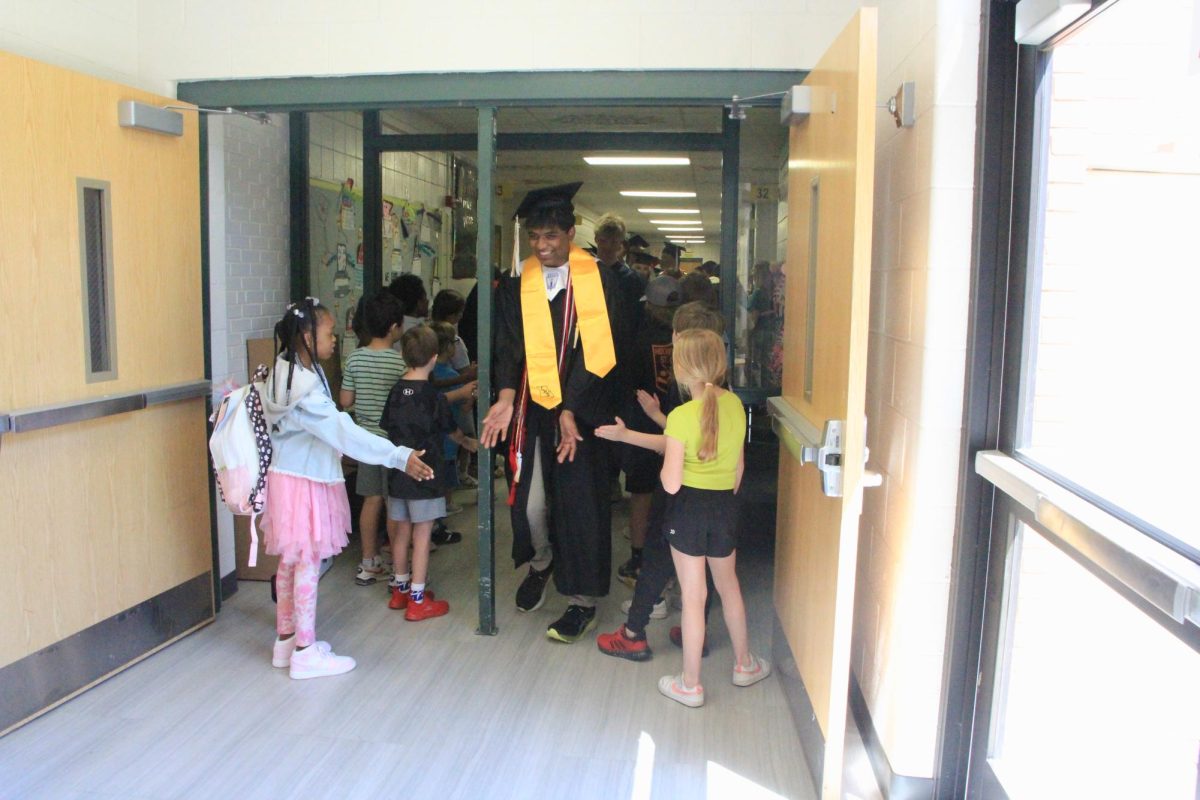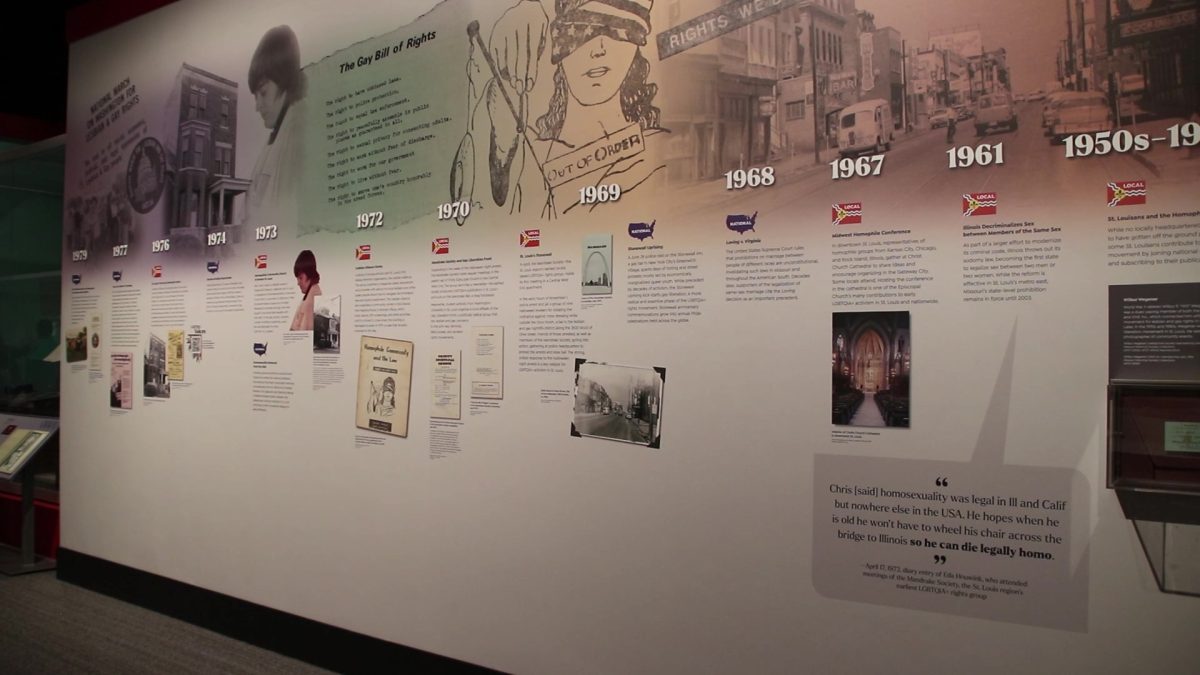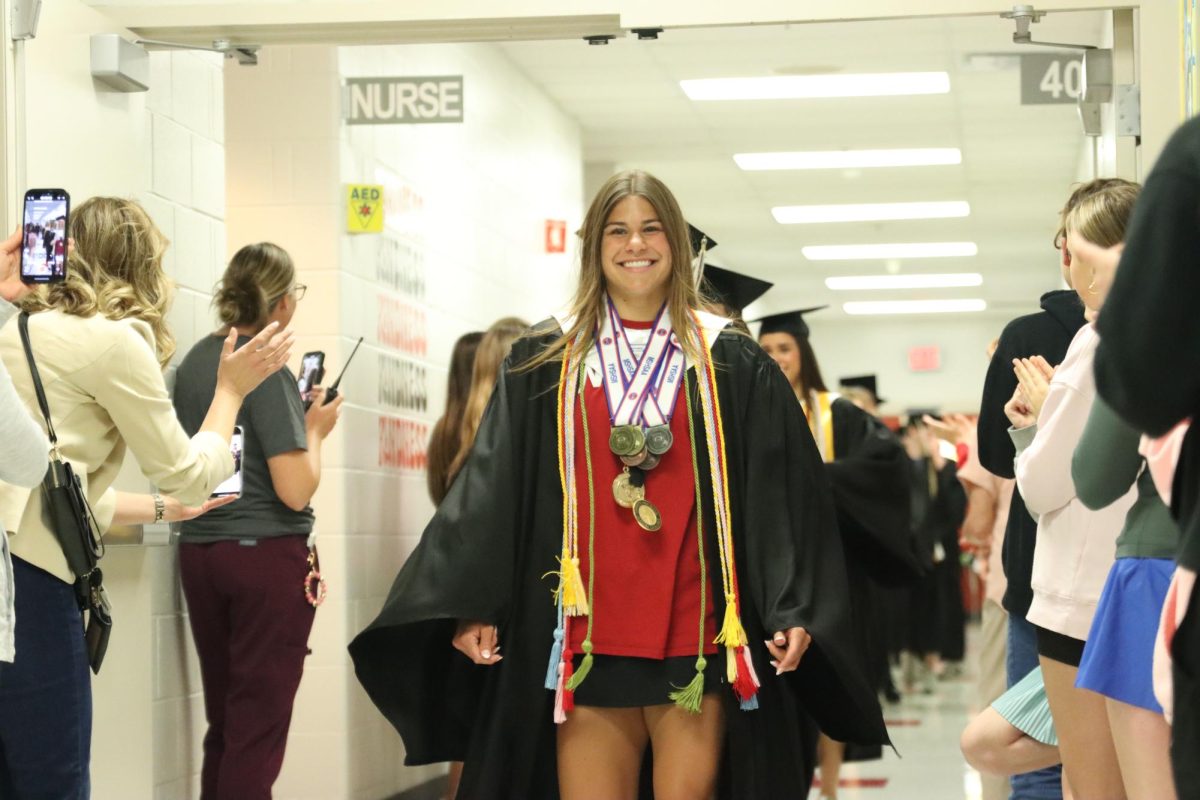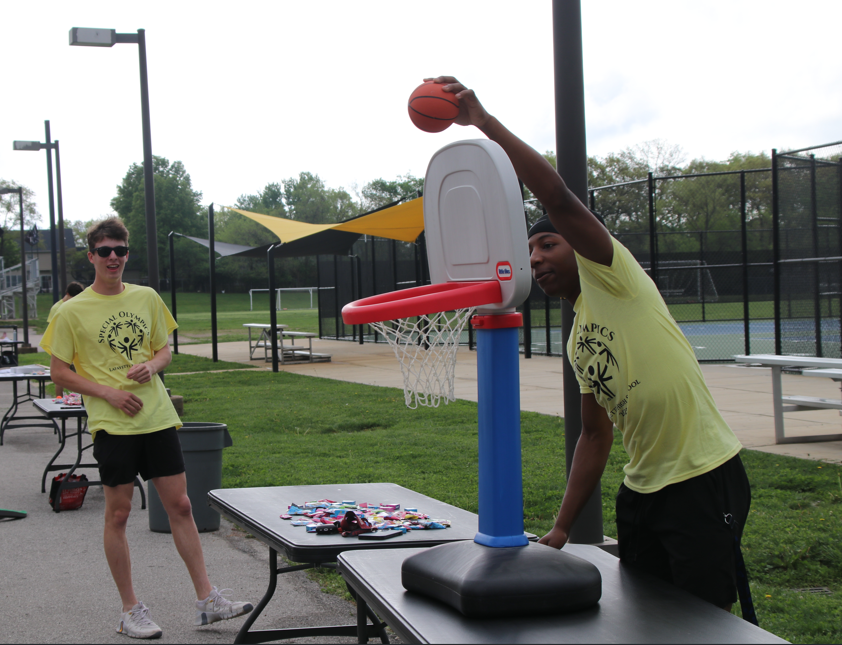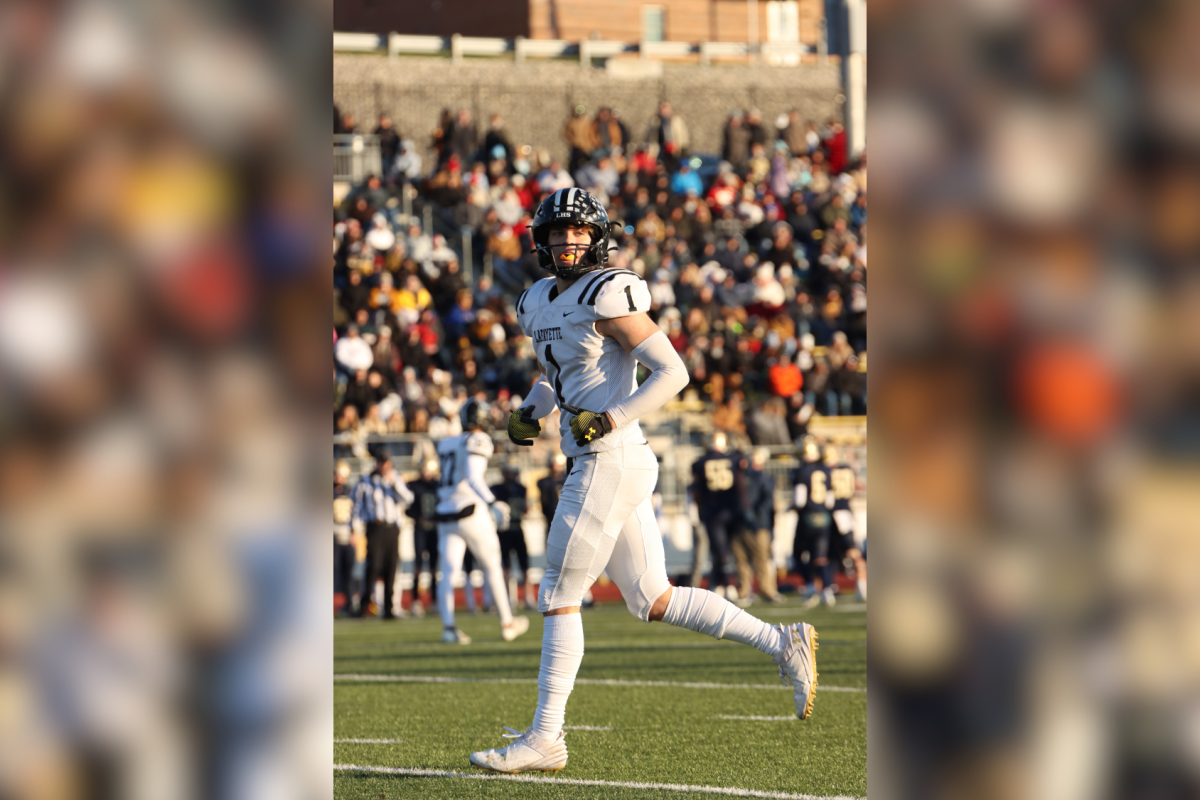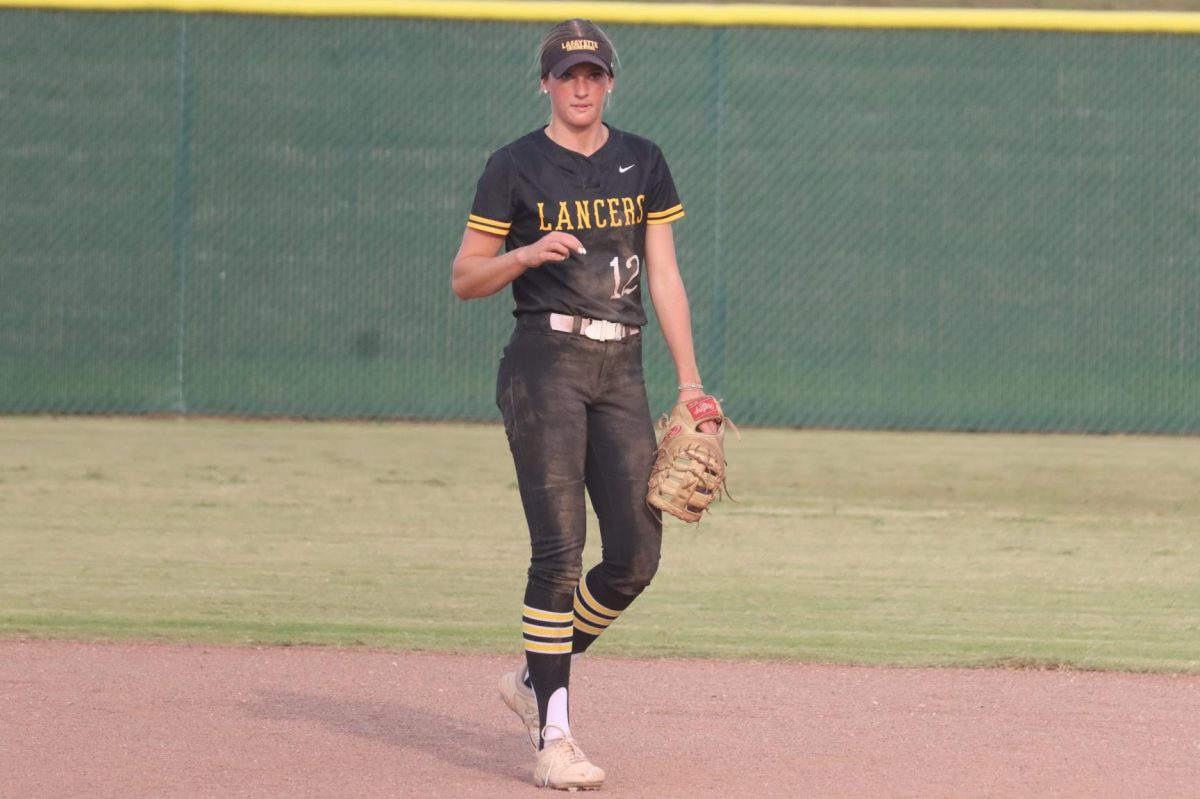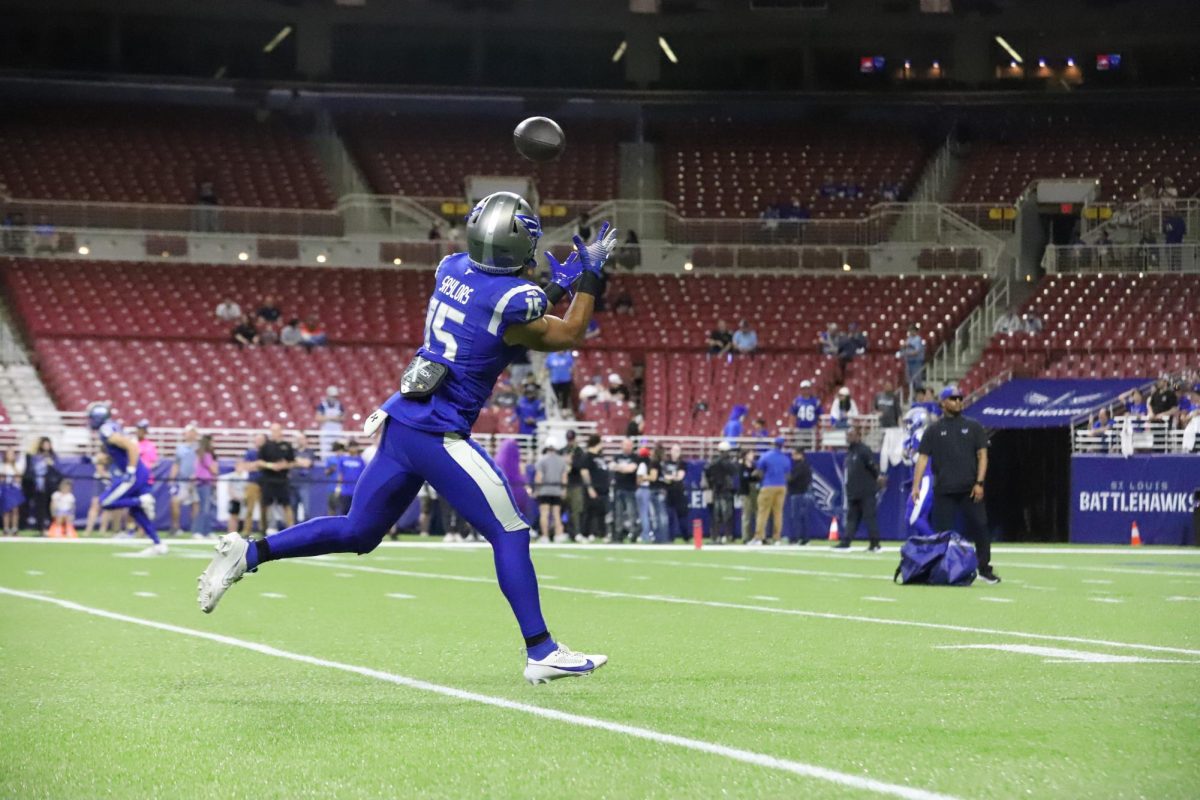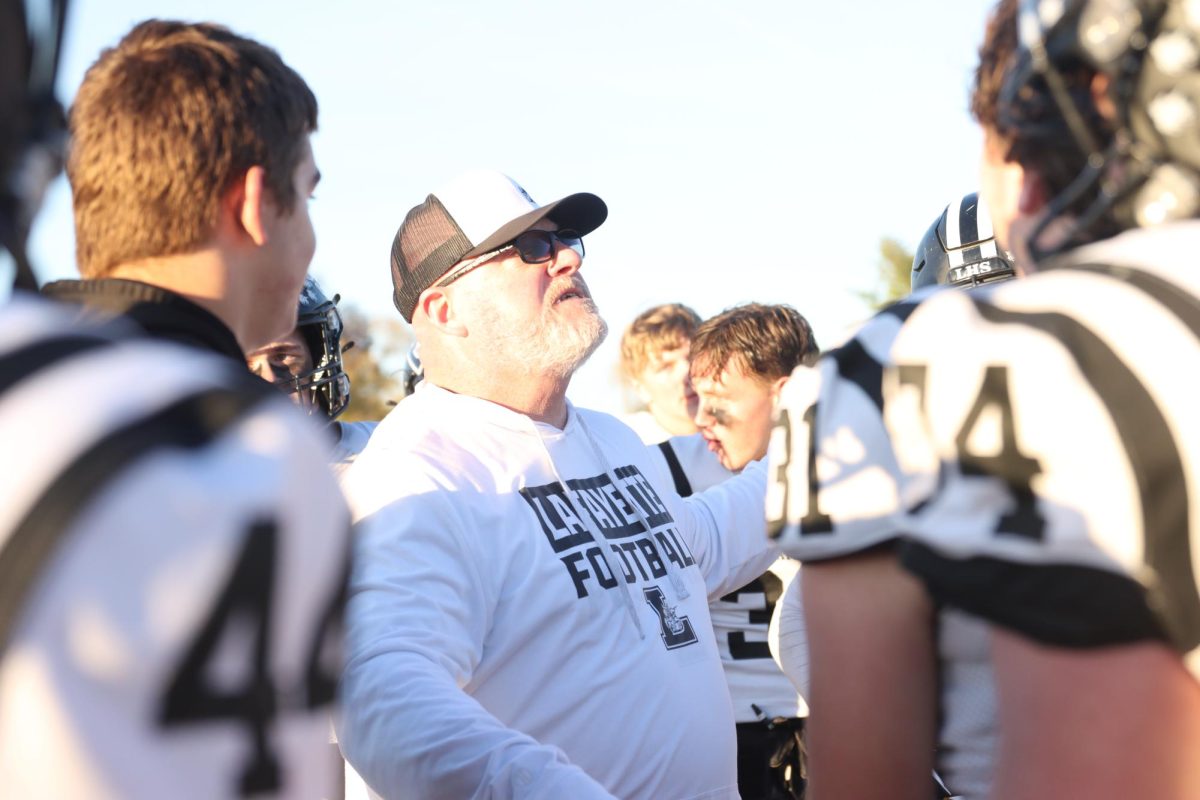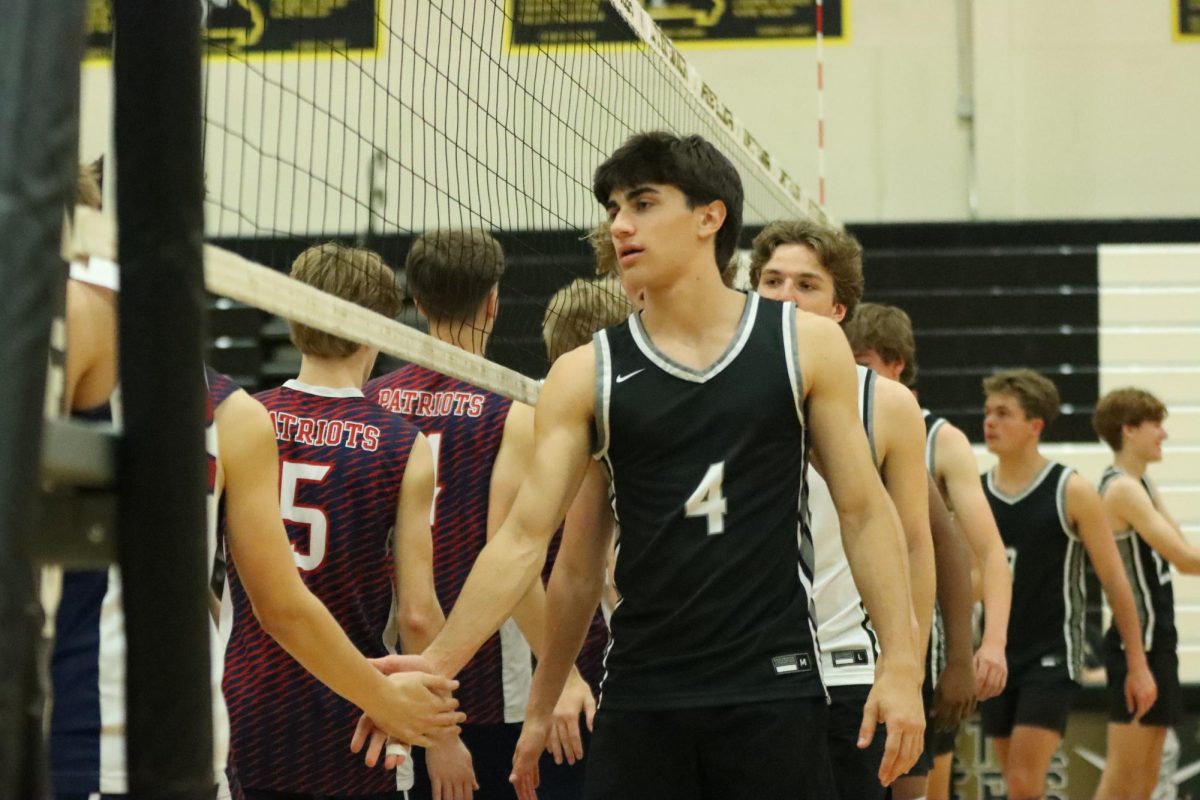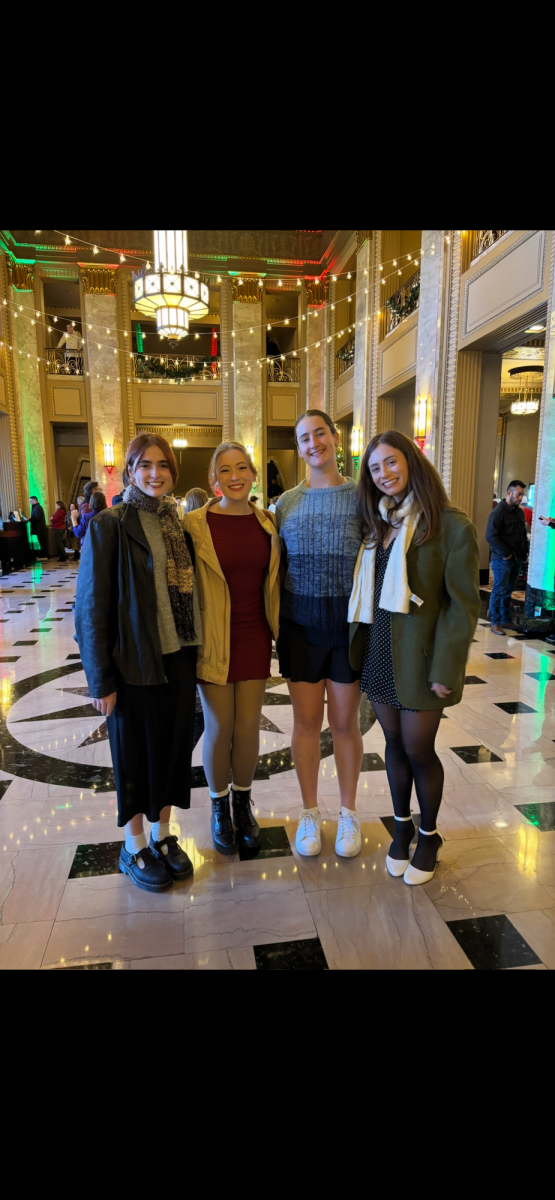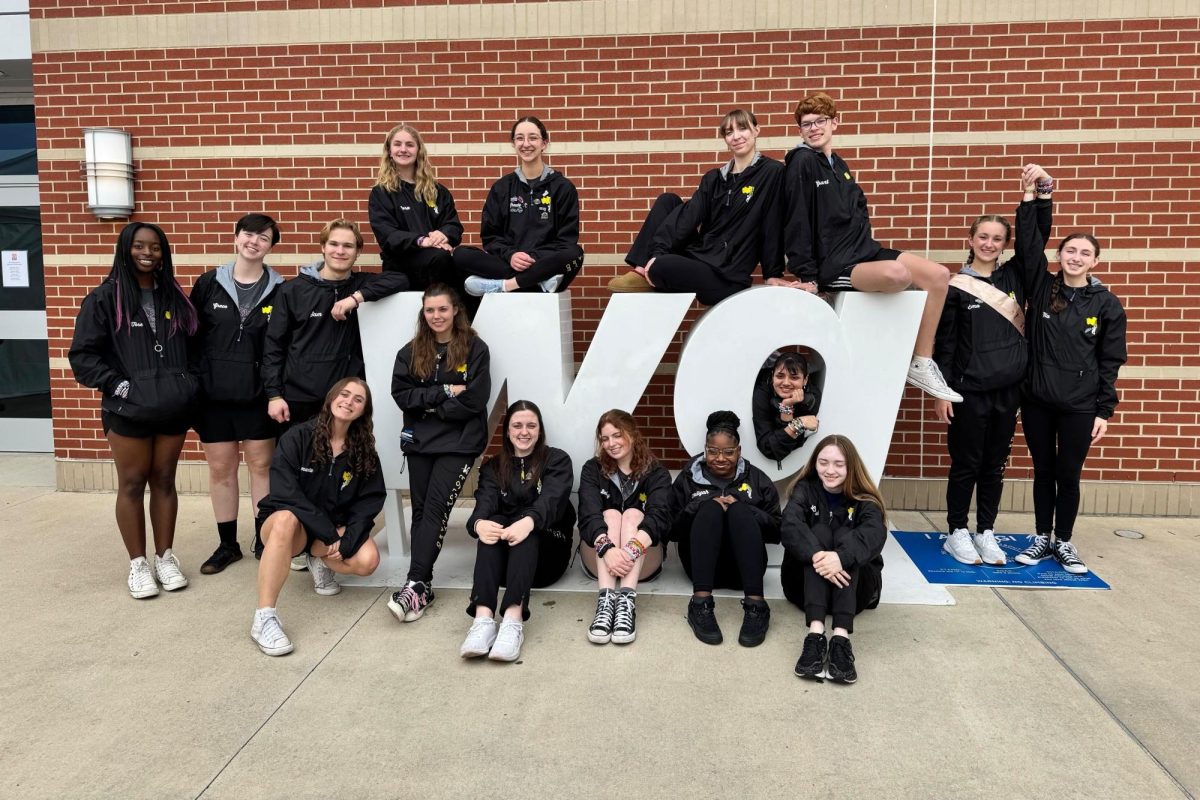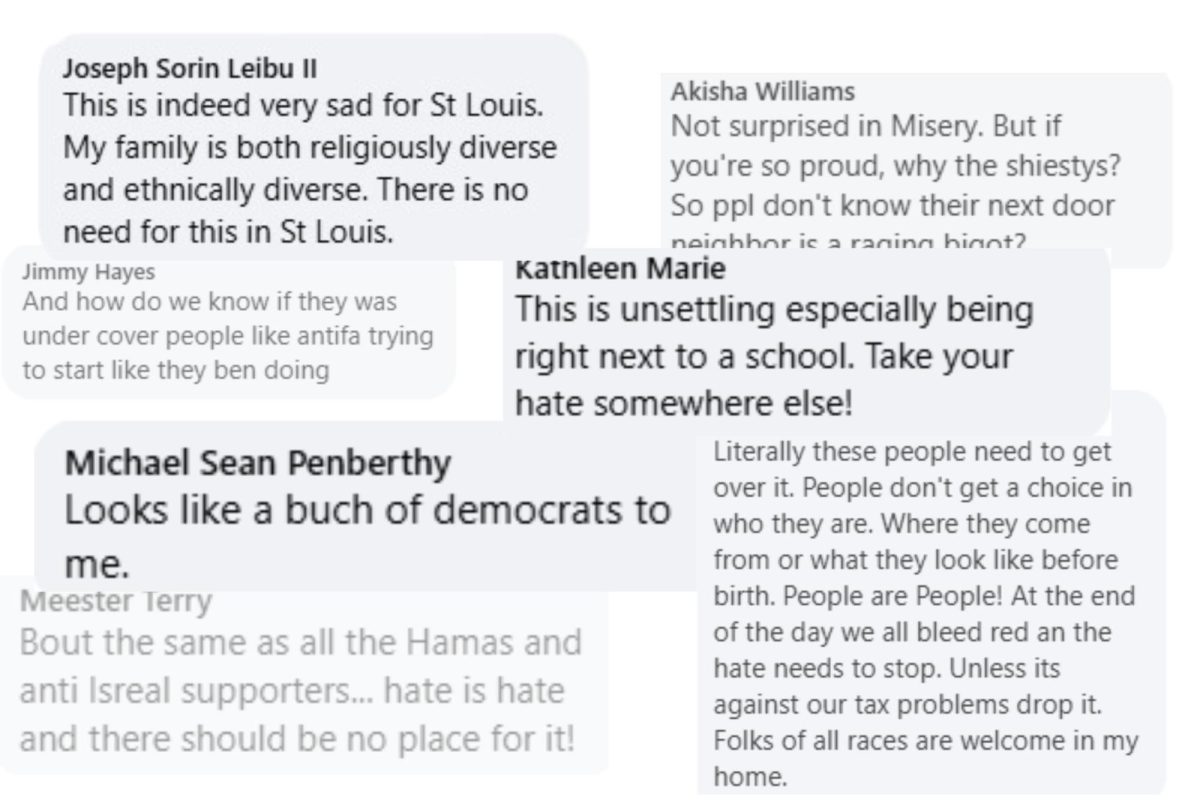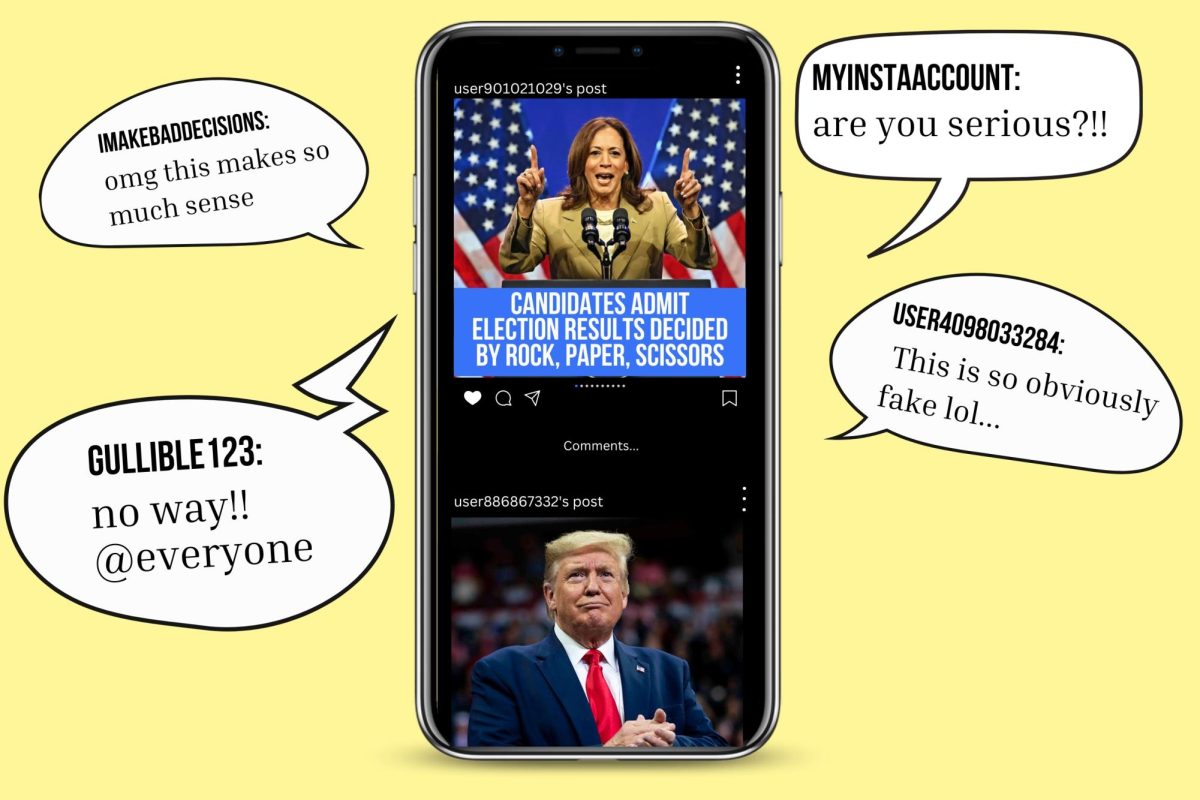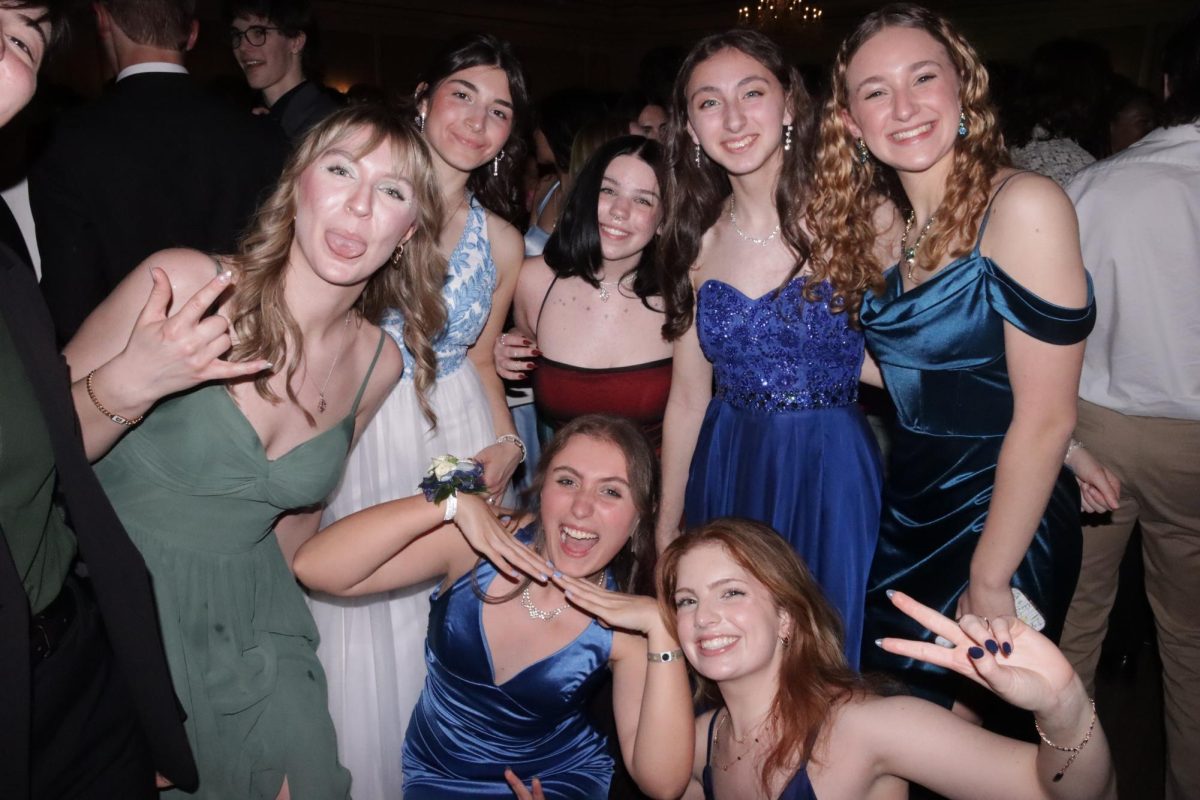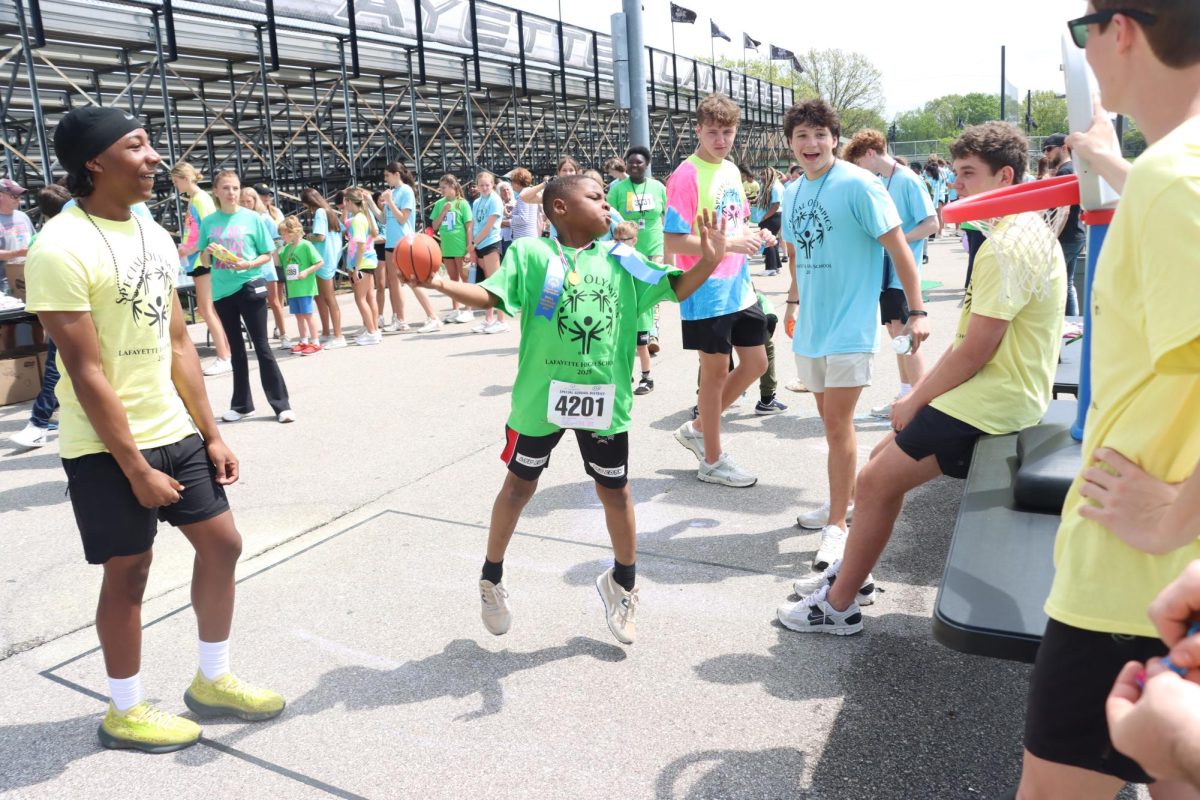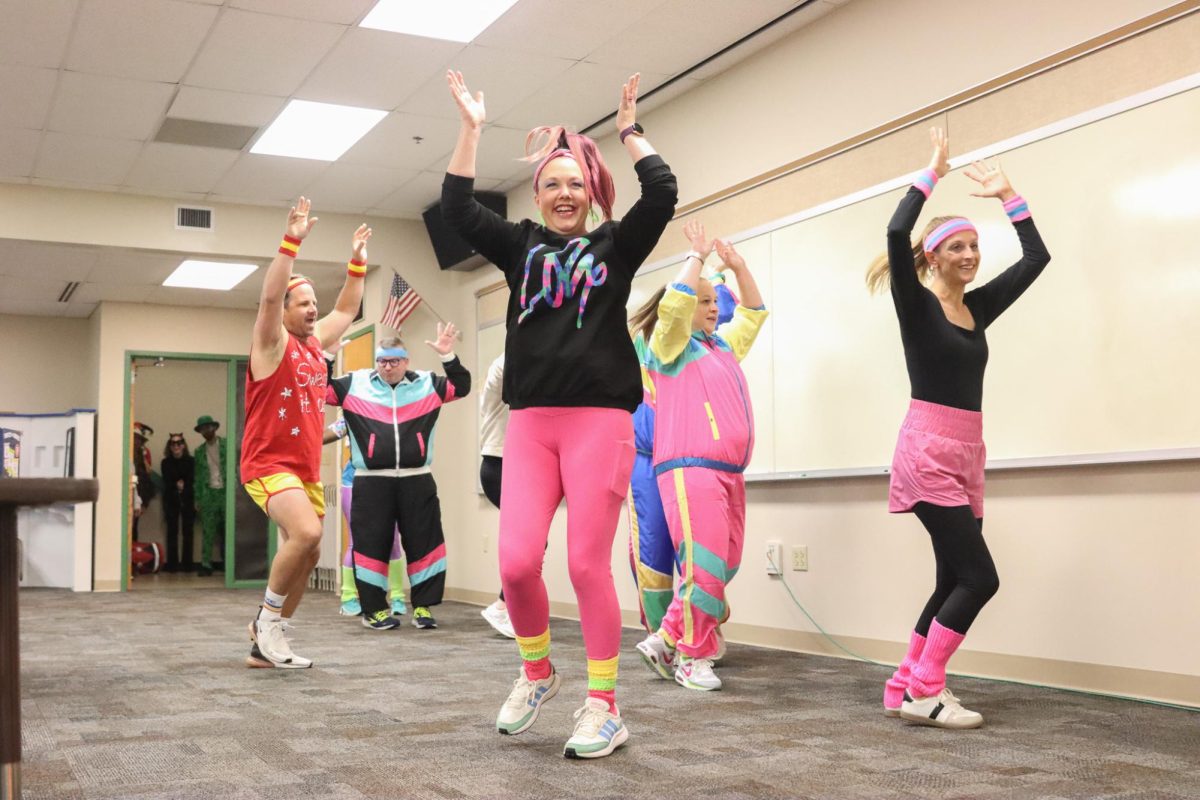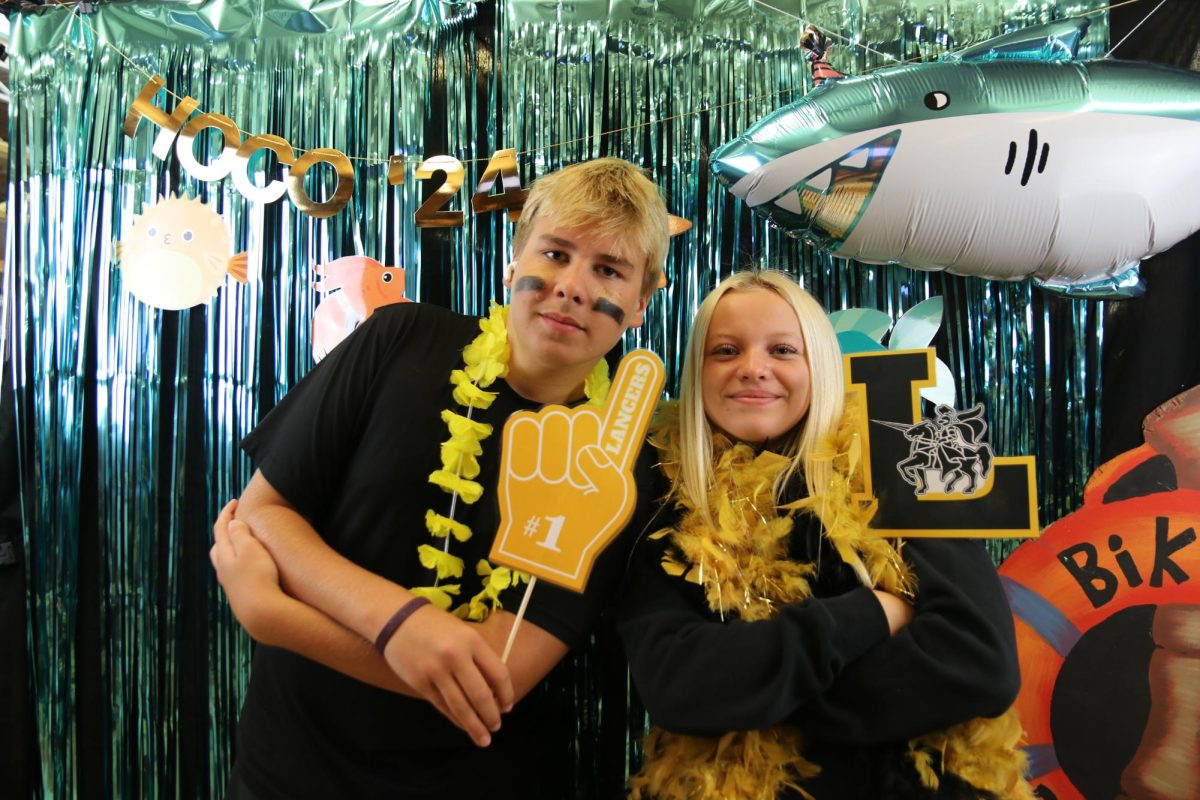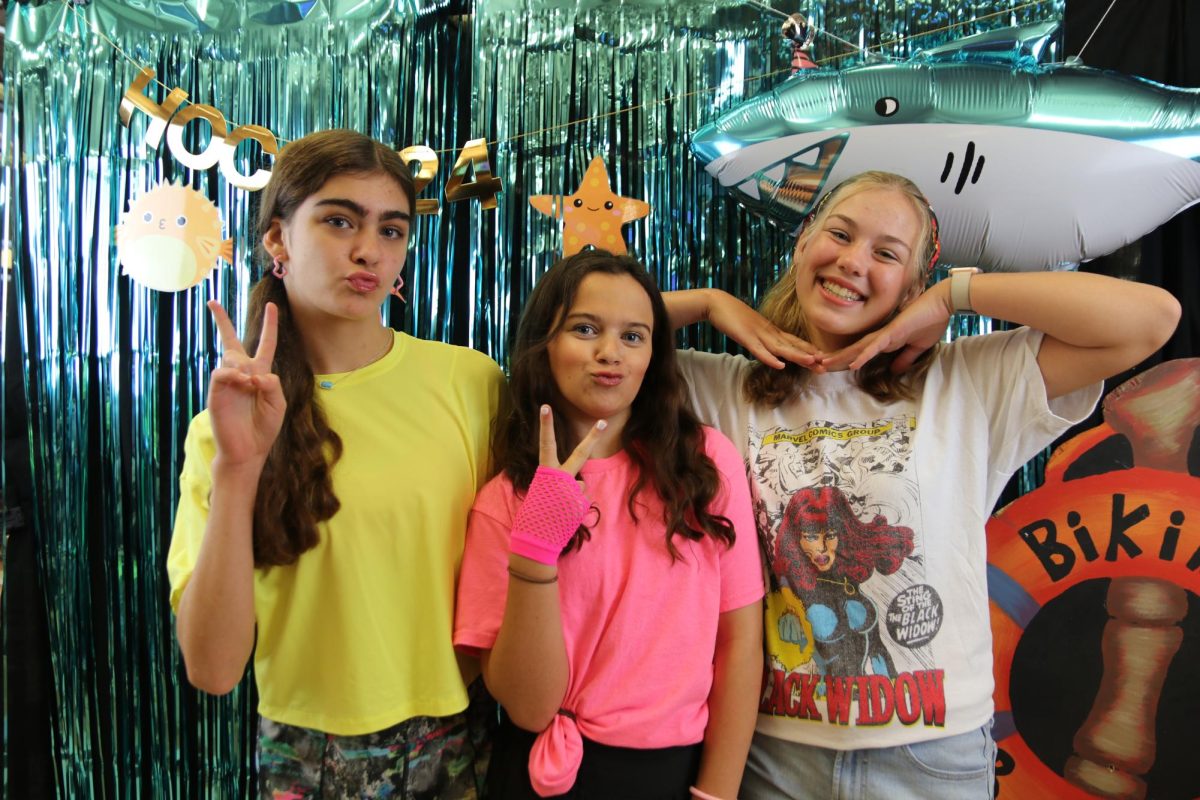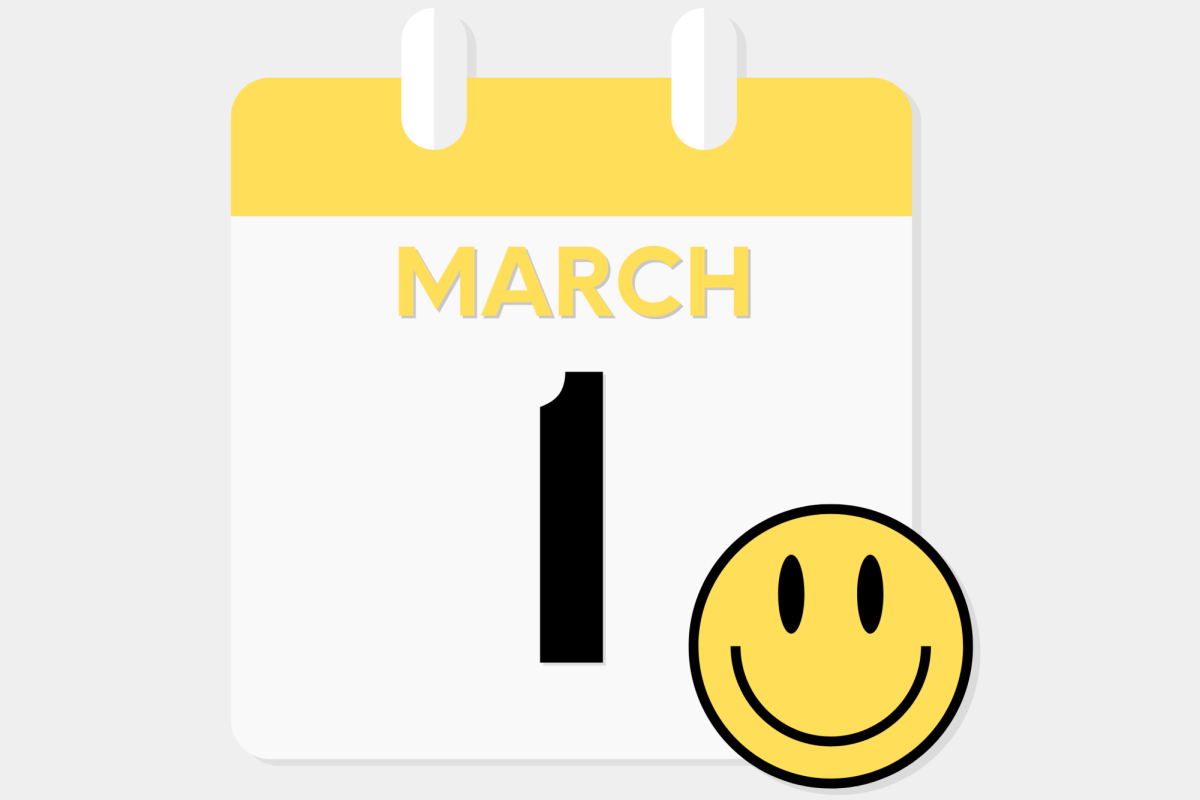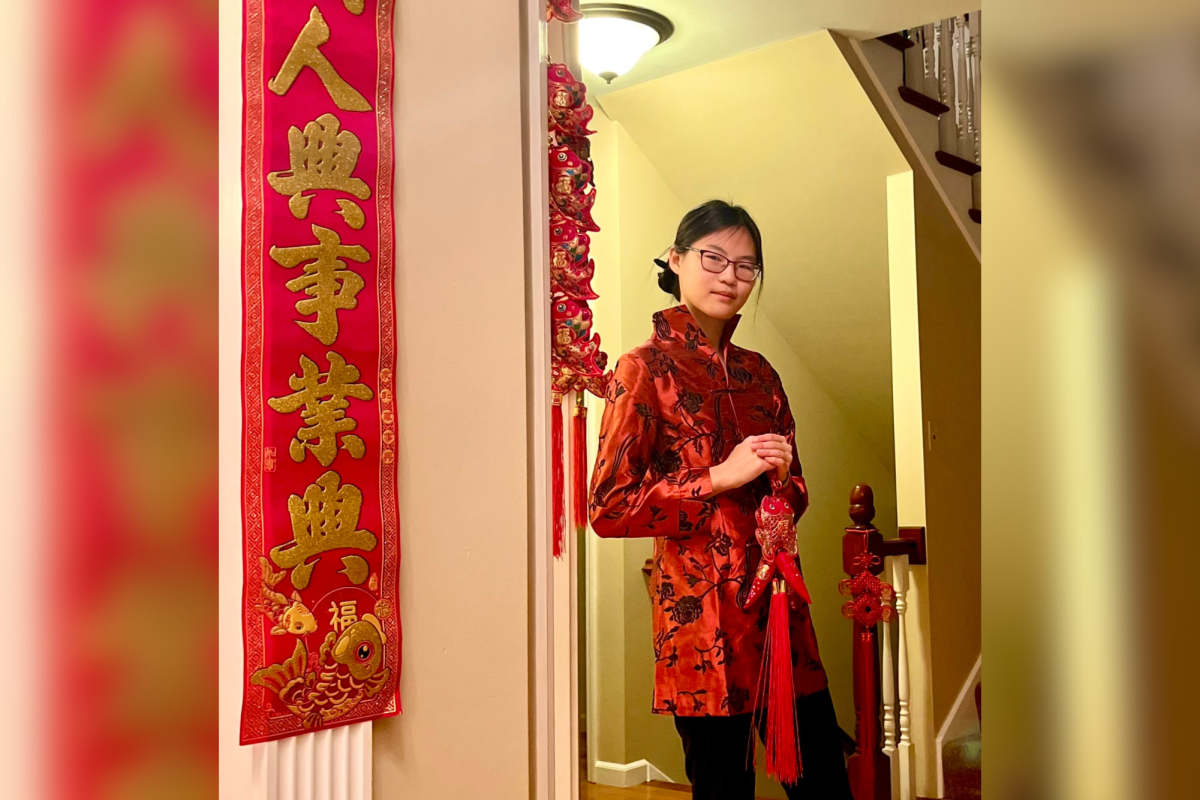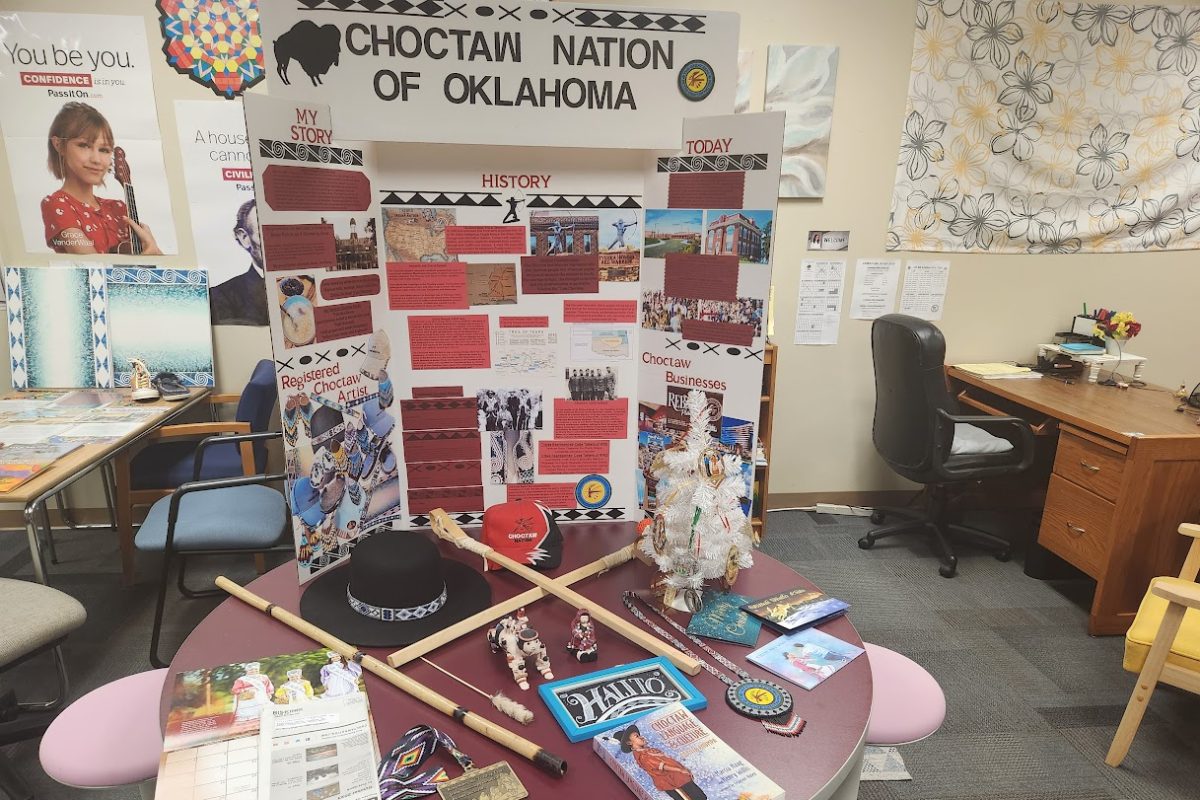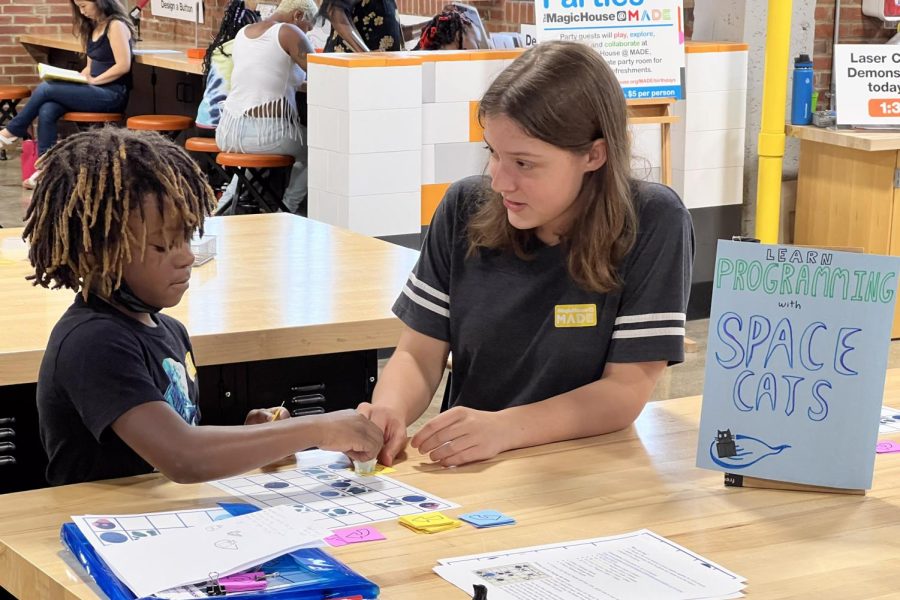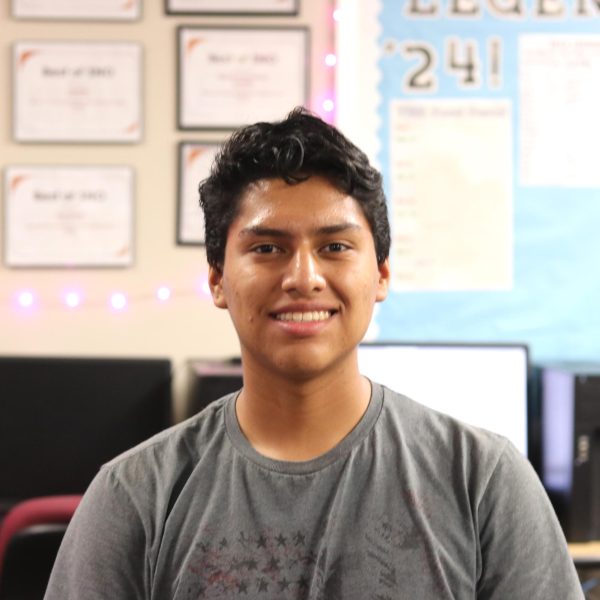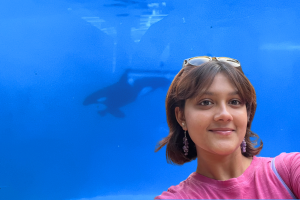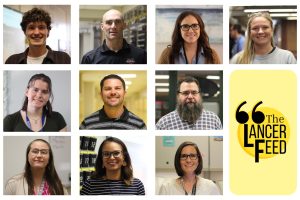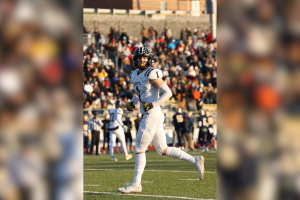Junior creates STEM-based board game to help community
Photo courtesy of Aly Palmquist
Junior Aly Palmquist teaches her STEM game “Space Cats” at the Magic House MADE for Kids located in St. Louis. Palmquist tested her game at four other locations.
May 12, 2023
As a member of the Girl Scouts of Eastern Missouri Robotics program and ambassador of Girl Scout Troop 696, junior Aly Palmquist earned her Girl Scout Gold Award by creating a board game to introduce the fields of STEM and robotics to kids in her community.
“For my Gold Award, I designed a board game to teach children the basics of programming by using program cards to move game pawns through obstacles. There are three basic move cards and two special cards, laser and function, which introduce more complicated concepts. By interacting with STEM in a fun and engaging way, kids are able to see STEM and programming as a fun way to learn and will continue to use it in the future,” Palmquist said.
Recognizing the need for kids to begin experimenting at a young age, Pamquist set out to create her game to spread STEM awareness in her community.
“It is especially important to teach kids about STEM as they often lose a passion as they advance in school. Additionally, kids in underdeveloped areas do not receive as many opportunities to explore STEM,” Palmquist said.
Palmquist got the inspiration for creating her board game “Space Cats” from her family and robotics team.
“My family loves playing board games. Inspired by my robotics team’s challenge to find a way to incorporate programming into our outreach events, I began designing Space Cats,” Palmquist said.
The game “Space Cats” makes players play as cats navigating through space.
“You have been tasked with delivering important supplies from Earth to the space base. You each have a Space Cat which you will program to travel to the space base. Be careful, as there are obstacles such as planets and asteroids on your game board. You have to make sure that your Space Cat only travels through the empty space,” Palmquist said.
Palmquist was able to develop and test out her game with kids at different locations.
“The game was tested at five different STEM summer camps. I slowly developed the game, changing the game board, game pieces and cards to make the game aesthetic and easy to understand. For example, the cat-in-the-box game piece was chosen because of its rectangular base. This makes it easy for kids to orient themselves on the game board. To make it easier to understand which way the cat will turn, I added paint dots to each side of the cat that corresponds with the different game cards,” Palmquist said.
After each event, Palmquist found ways to improve her game.
“The original version started with one large board, flat player pieces, and moveable obstacles. I found that a single game board made it difficult to work with larger groups of children because many different hands were trying to move the pieces at the same time. The moveable obstacles also made the game much more messy and chaotic. Finally, the flat player tokens were tricky for the children to grab and move around as they executed their program,” Palmquist said.
For her board game, she was awarded the Gold Award, the highest award in Girl Scouts, given to those who identify and resolve a need in their community.
“Gold Award Girl Scouts truly are the innovative problem-solvers, role models and leaders our world needs. These young change-makers have identified the root cause of a pressing issue in their community, created a sustainable solution and took action to earn the Gold Award: Girl Scouts’ highest achievement. Girl Scouts of Eastern Missouri is honored to recognize Aly for her dedication to introducing STEM to young girls as she joins an elite group of Girl Scouts,” Nicole Dalton, Director of Programs and Partnerships of the Girl Scouts of Eastern Missouri, said.
There are different levels to the award, each having its requirements for completion.
“The Girl Scout Gold Award is the highest award you can receive. There are three main awards, Bronze, Silver and Gold. To receive the Gold Award you must complete a project proposal with research about your topic, work with a team you gather and spend at least 80 hours on your project,” Palmquist said.
To apply for the Gold Award, Girl Scouts must go through a process of researching and planning.
“So my Girl Scout leader encouraged us to try and get the Gold Award, then I started the process on the GoGold website. This website takes you through the process with 7 steps. After choosing and then investigating an issue you begin your project proposal. You have to assemble your team with a main sponsor and anyone else who you plan to have help you throughout the process,” Palmquist said.
While the troop leader encouraged everyone to be part of the Gold Award, Palmquist did not receive any help from her troop with her project. But her troop has worked together on other non-award projects.
Palmquist had to present her project to a council of Girl Scout leaders before being able to start implementing her project. The project also must answer different categories such as target audience and sustainability.
“On your proposal, there are many different categories you need to respond to. Here is a list: description, theme, issue, root cause, target audience, global connection, measurable, sustainability, plan, expenses, strengths, talents, tell the world. Once you have completed all the steps in the proposal you present your project to a group of experienced girl scout leaders or Gold Award Committee, who decide if projects are acceptable,” Palmquist said.
The Gold Award Committee contacted Palmquist through Zoom at the beginning of the project.
“After filling out info about what my project was and going through the different categories, a Zoom call was organized where I talked with the Gold Award Committee, which has some ladies who work for Girl Scouts who just review all the different gold awards. They asked me questions and made sure that I had thought of a plan and that I knew how I was going to make my project sustainable and continuous in the future so that it wouldn’t just be like a one-time event and it never happens again. And then once that was, once they gave me the go-ahead, I actually started working on my project,” Palmquist said.
Palmquist also had to go through a similar process when submitting her project.
“Once I had finished my project, I met with the Gold Award Committee once again and they were like, ‘Yep, looks like you did it all.’ They wanted to hear about what I did and made sure that I had completed everything or that if I hadn’t reached some of those, that there was a reason behind it so that they knew I had fulfilled my goal to work,” Palmquist said.

